The 12 Must-Grow Root Vegetables for Your Garden
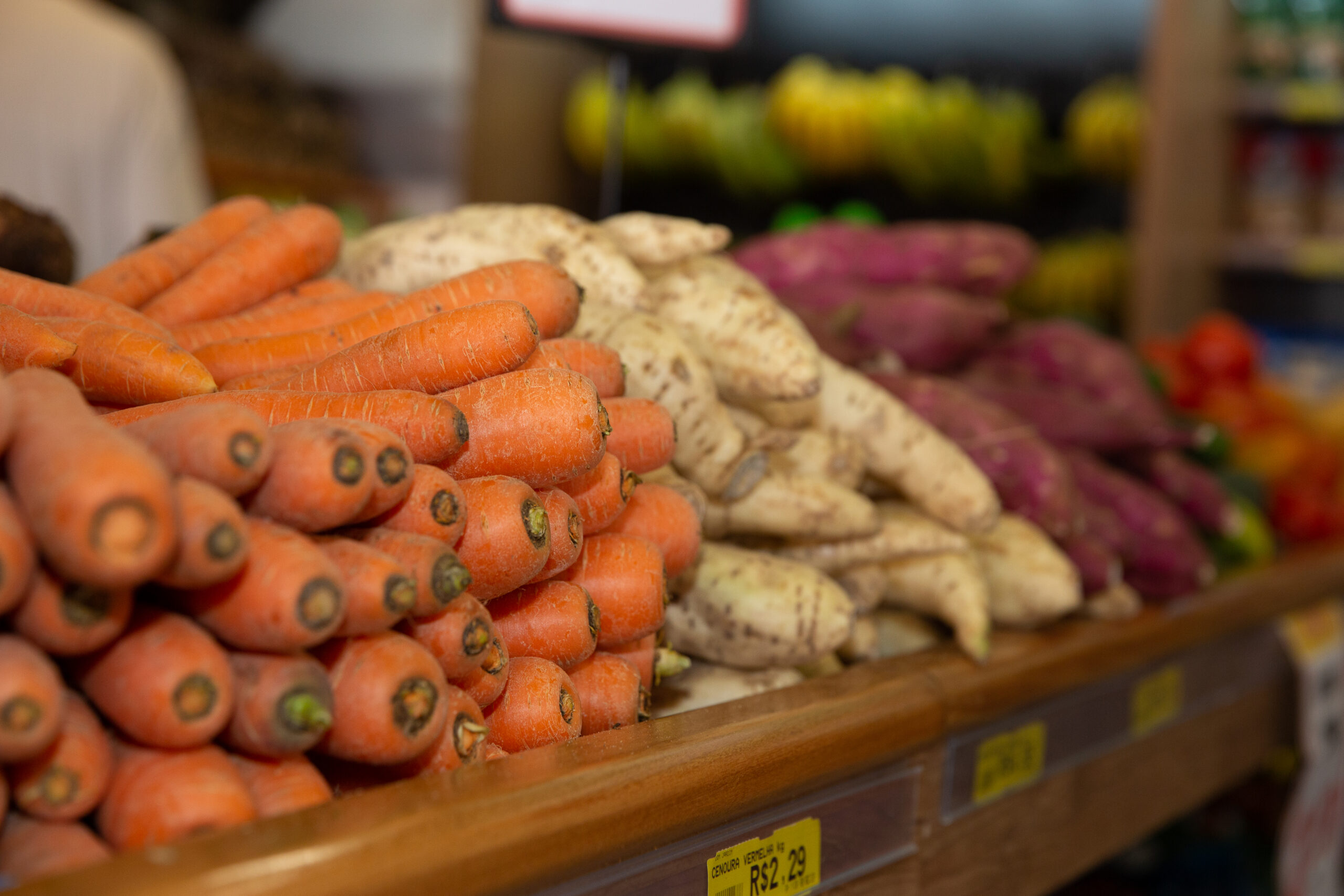
Root vegetables are a garden’s buried treasure. Not only are they highly nutritious, but they also store well and can be used in various culinary applications, from roasting to juicing. Here are 12 root vegetables you should consider planting in your garden for a rewarding harvest.
Carrots
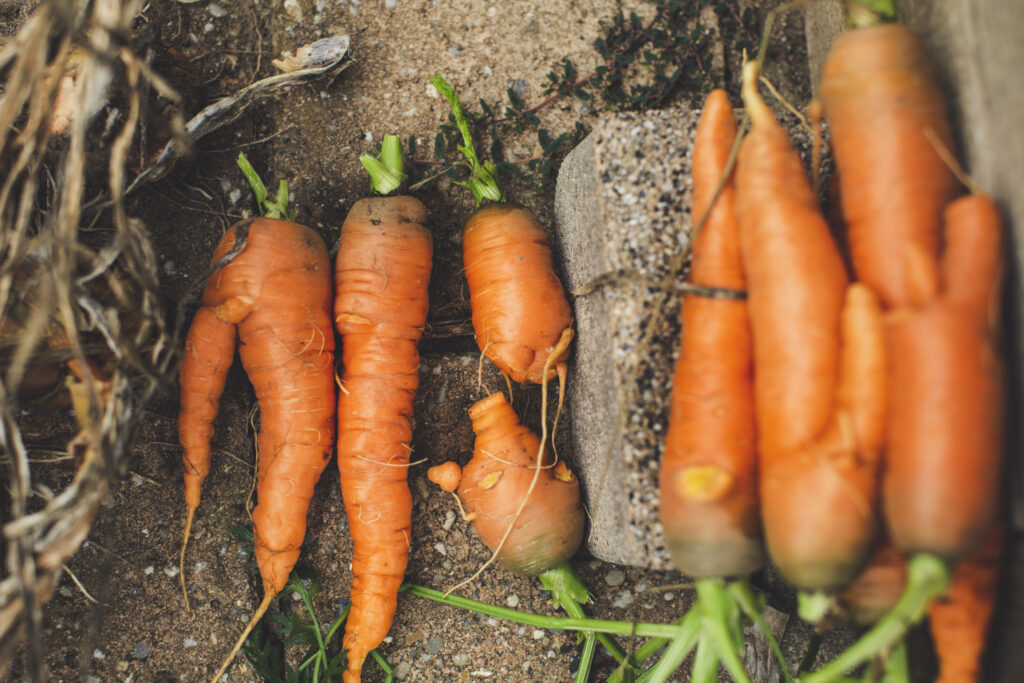
Carrots are not just versatile in the kitchen; they also offer versatility in the garden. From short stubby types suitable for clay-heavy soils to lengthy slender varieties that thrive in sandier soils, there’s a carrot for every garden. The greens can also be used in salads and garnish, giving you a zero-waste vegetable that’s easy to integrate into your daily meals.
Potatoes
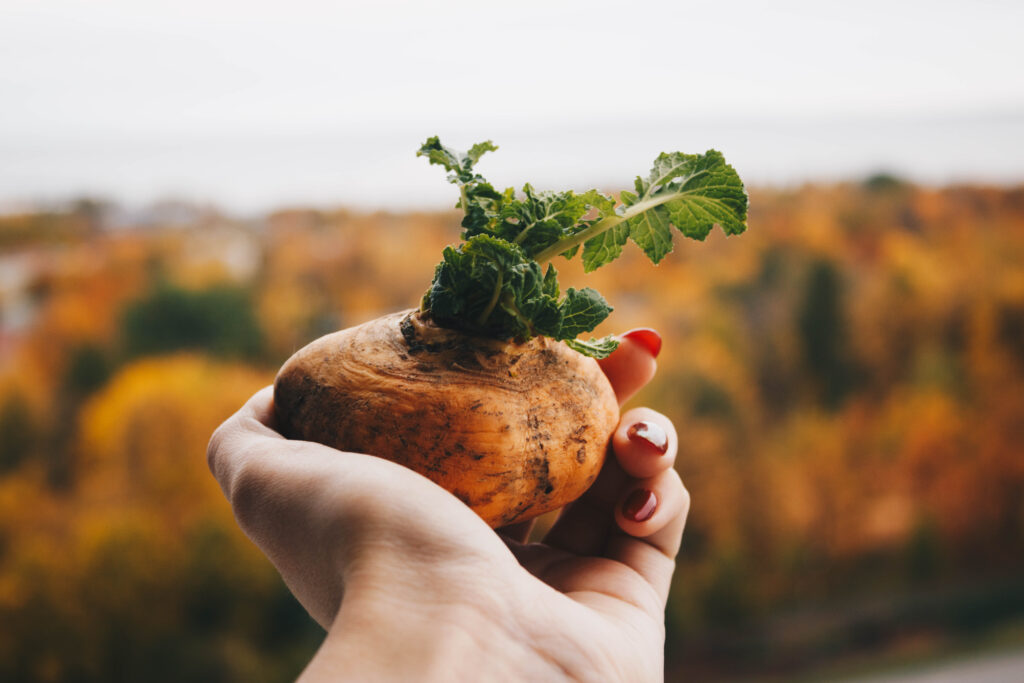
Potatoes offer incredible diversity with numerous varieties, including Russet, Yukon Gold, and fingerling potatoes. They can also be grown unconventionally, like in a stack of tires or a tall bag, making them suitable for small-space gardening. Rotating your potato crops to prevent soil diseases like potato blight is crucial, adding another layer to your gardening strategy.
Beets
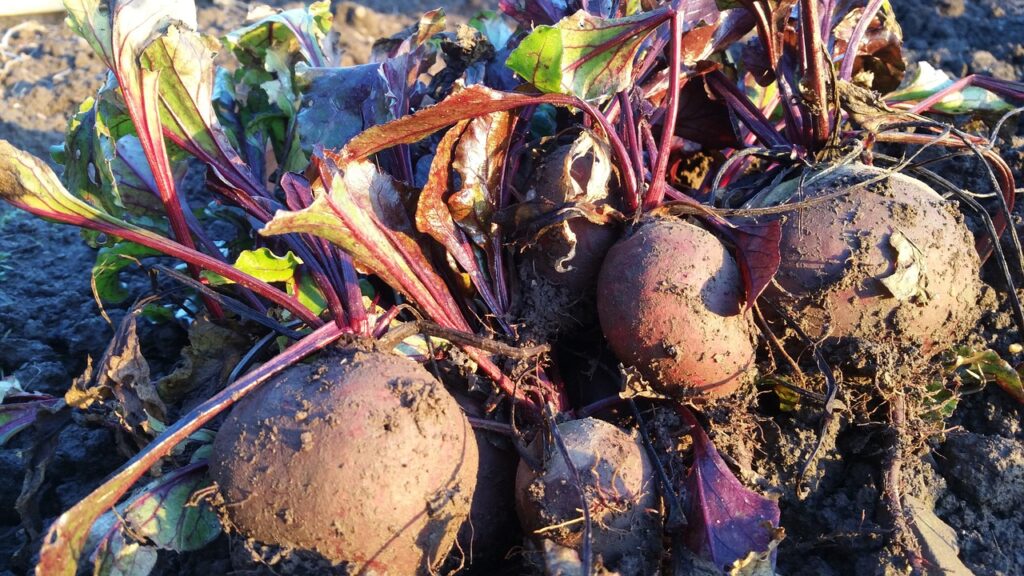
Beets can tolerate shade, making them an excellent option for gardens with partial sun. You can plant them in both spring and late summer, as they resist frost, allowing for two potential harvests a year. In addition to their antioxidant properties, beets can help improve soil quality by breaking up compacted earth with their sturdy roots.
Turnips

These cruciferous vegetables offer a harvestable root and leafy greens rich in vitamins and minerals. Plant turnips every two weeks throughout the growing season for a consistent harvest. They’re also valuable as a cover crop to improve soil quality, adding another benefit to your gardening endeavors.
Radishes
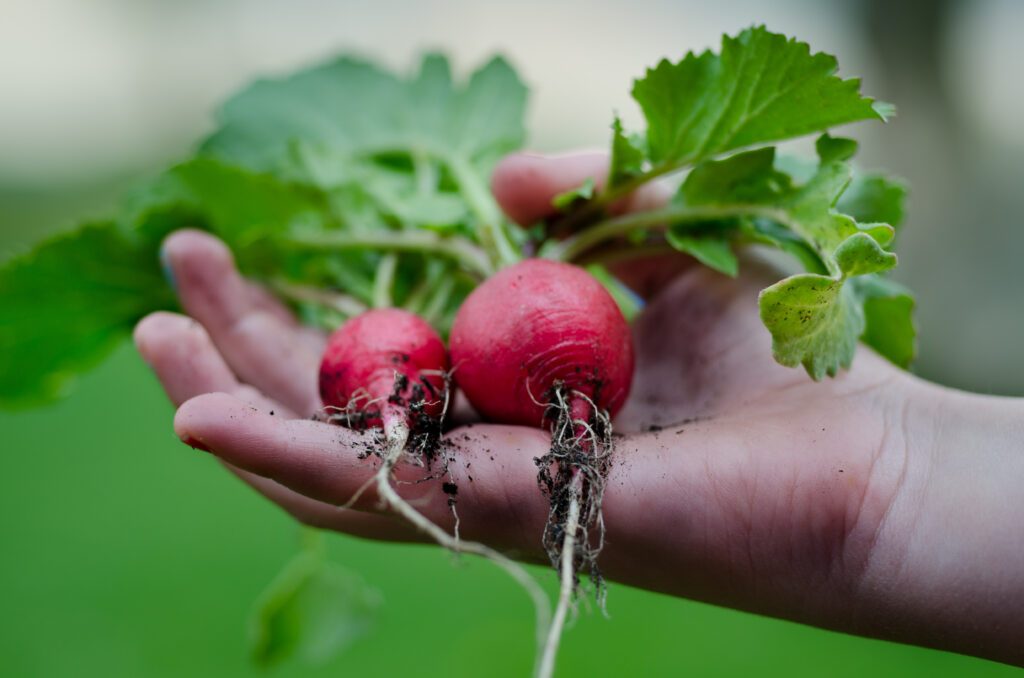
Because of their quick growing cycle, radishes are ideal for intercropping with slower-growing vegetables like carrots or parsnips. This not only maximizes your yield but also helps to break up the soil for the other plants. Additionally, radishes are a cool-season crop, allowing you to plant a late-season garden.
Onions

Consider growing scallions or bunching onions alongside bulb onions; you can harvest them in just a few weeks. Growing from onion sets or small bulbs is easier for beginners than growing from seed. Onions are also excellent companion plants, as their strong aroma can help repel pests from more sensitive vegetables.
Garlic
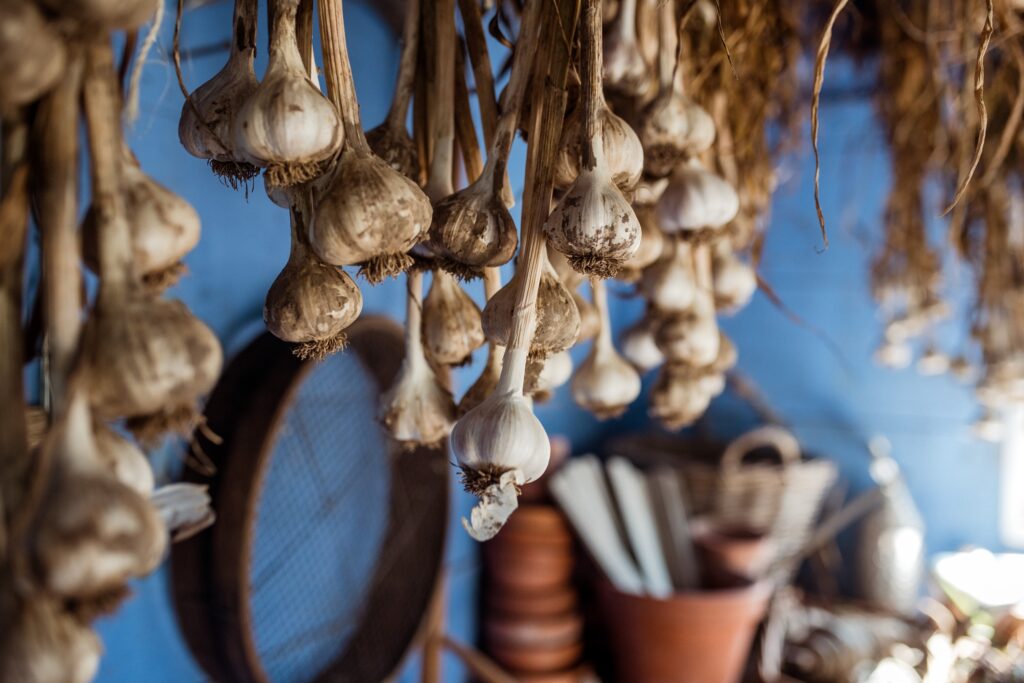
Besides its culinary and health benefits, garlic is a fantastic natural pest deterrent. Planting garlic near other susceptible crops like roses or tomatoes can help keep pests at bay. Moreover, each bulb can be broken into cloves, meaning a single purchase can yield an abundant harvest.
Sweet Potatoes

Sweet potatoes are particularly well-suited for southern gardens but can also be grown in northern climates with the proper care. Because of their vining habit, they make excellent ground cover, helping to suppress weeds. Sweet potatoes are a great source of complex carbohydrates, adding a healthy option to your homegrown produce.
Parsnips

Parsnips are a hardy root vegetable that benefits from a frost, which can turn their starches into sugars and enhance their flavor. Because of their long taproot, parsnips can help break up compacted soil, improving your garden’s overall soil structure. They also pair well with other root vegetables in winter stews and soups.
Rutabagas
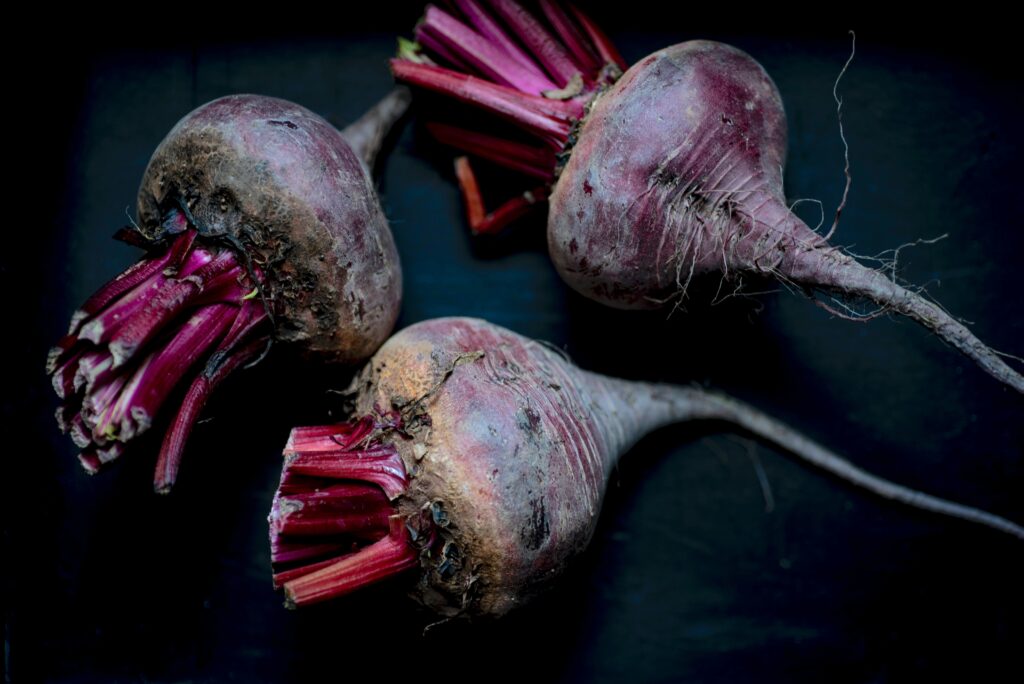
Rutabagas, sometimes known as Swedes, is a cold-hardy vegetable that can withstand freezing temperatures, making them an excellent option for fall and winter gardens. Their resistance to pests and diseases makes them an easy-care choice for organic gardeners. They can be used in the kitchen like turnips but offer a richer, more complex flavor.
Celeriac
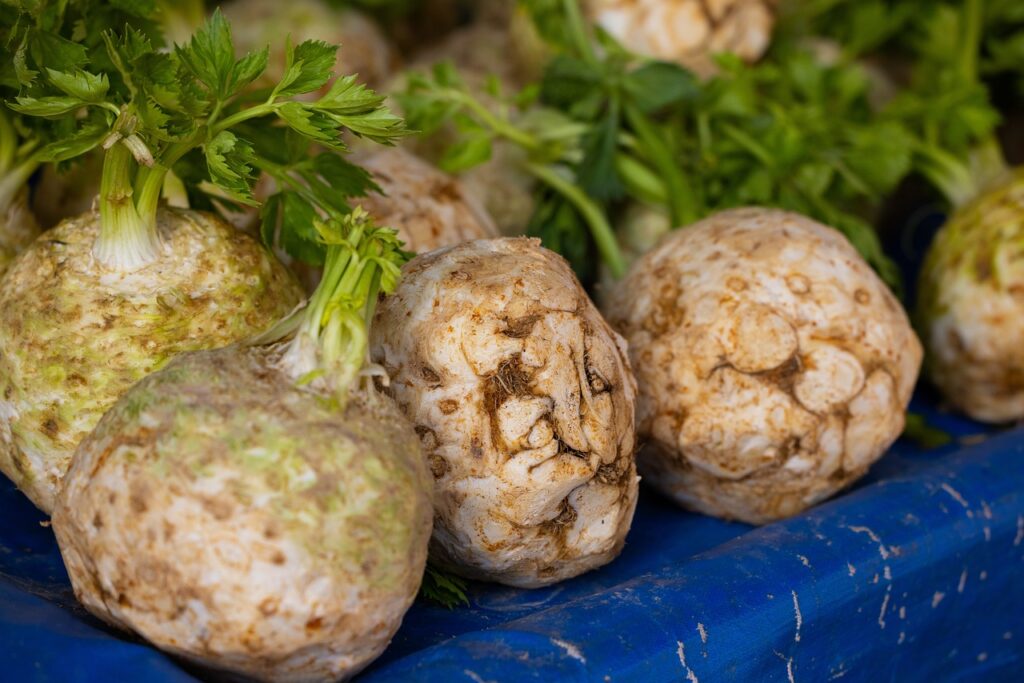
Celeriac may require a longer growing season, but its unique, celery-like flavor is a culinary delight. This root vegetable is a good source of dietary fiber and essential nutrients like vitamin K. Celeriac can also be stored for several months in a cool, dark place, extending its usability throughout the winter.
Jerusalem Artichokes
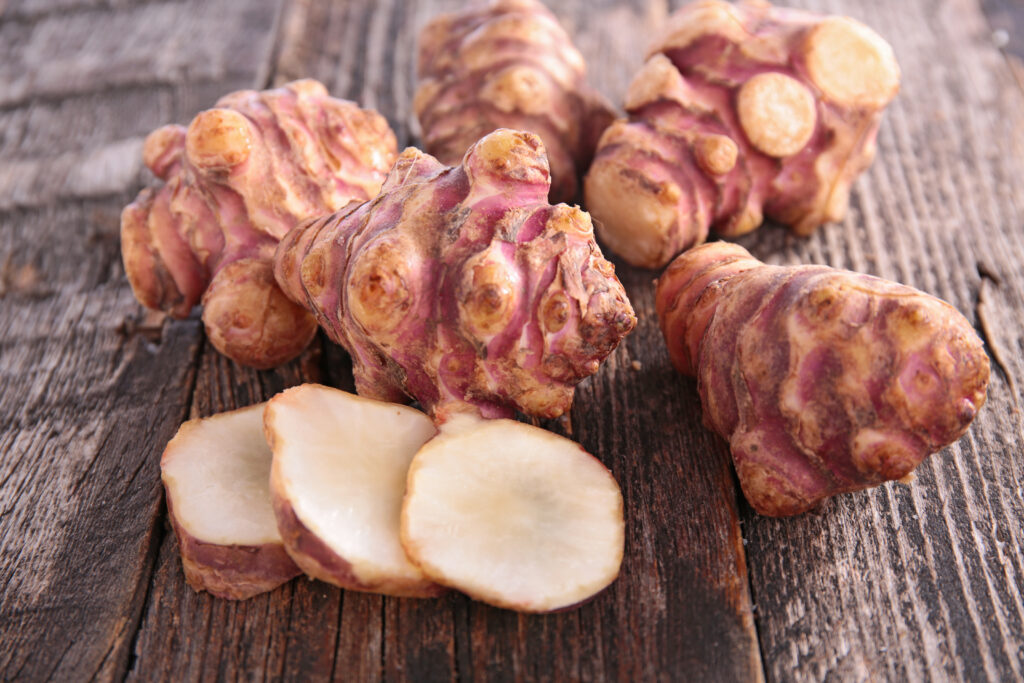
Jerusalem artichokes, or sunchokes, offer a nutty, sweet flavor and a texture similar to water chestnuts. They’re also perennials, which means you’ll enjoy a harvest year after year with minimal effort. But be warned, they can spread aggressively, so they’re best planted in contained areas or large pots to control their growth.
Growing root vegetables in your garden can be rewarding and practical. They offer nutritional benefits and culinary versatility and, in many cases, are easy to grow. Selecting various root vegetables ensures a continuous harvest throughout the year, providing your kitchen with a steady supply of homegrown, nutritious options.